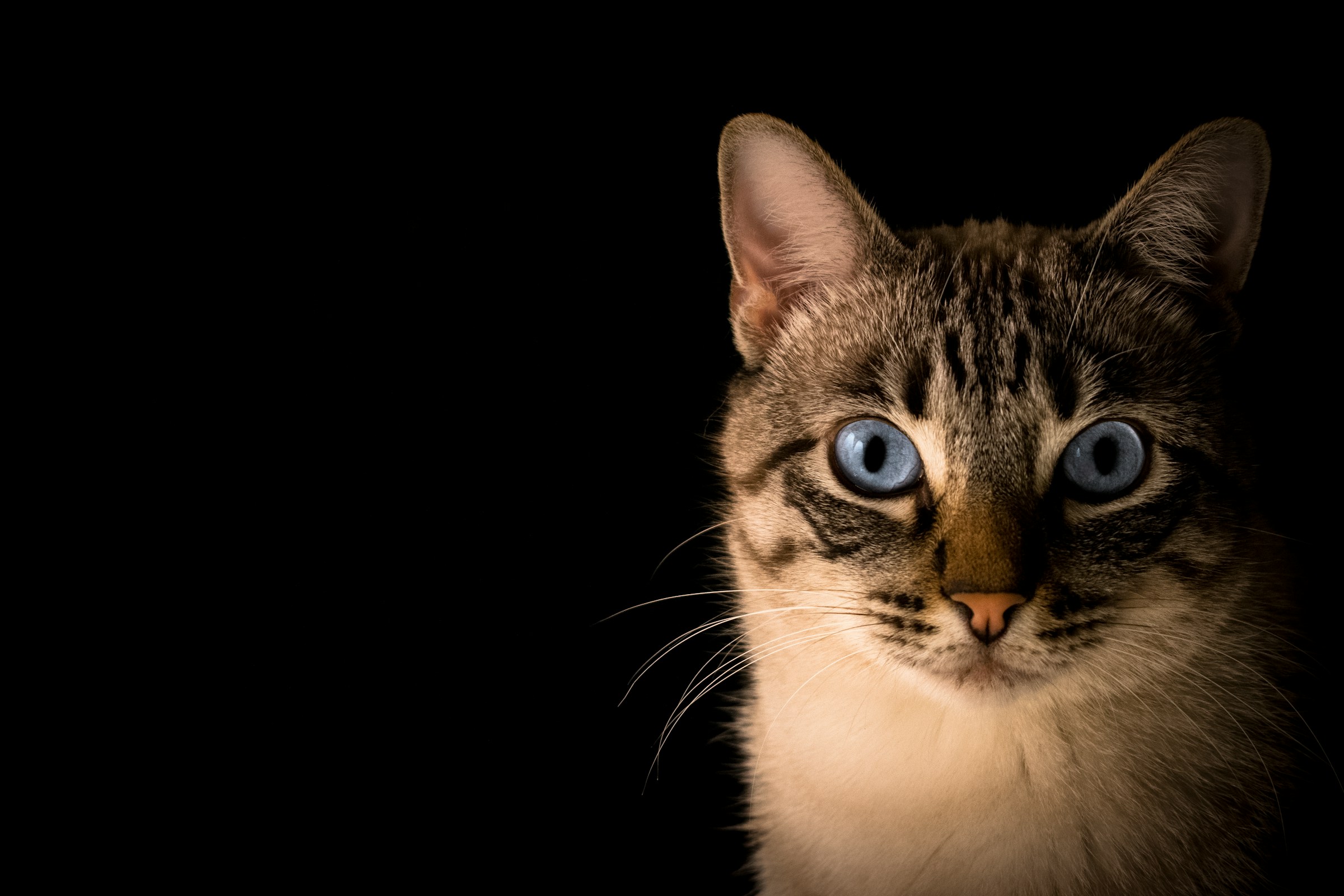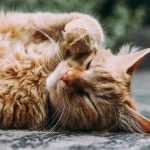Cats, like humans, can suffer from visual impairments due to various reasons such as aging, diseases, or congenital conditions. While this may present certain challenges, a well-designed and enriched play environment can significantly improve their quality of life. Understanding and designing such an environment requires careful consideration of sensory stimuli other than vision. In this article, we’ll guide you through the essential steps to creating a stimulating, safe, and enjoyable play area for a cat with limited vision.
Understanding Sensory Needs of Cats with Limited Vision
Creating an enriched play environment for a visually impaired cat begins with understanding their unique sensory needs. Cats primarily use their keen sense of smell, touch, hearing, and even taste to navigate their surroundings. In this section, we’ll explore how these senses can be utilized to help your cat thrive despite its visual limitations.
En parallèle : Create an Exciting Indoor Agility Course for Cats: Boost Their Exercise and Mental Stimulation!
Touch is a pivotal sense for a cat with limited vision. These felines rely heavily on their whiskers and the sensitivity of their paws to interpret their environment. Incorporate a variety of textures in their play area. Soft, plush surfaces can provide comfort, while rougher textures can offer stimulation.
Smell is another critical sense. Cats possess an extraordinary olfactory system, which they use for more than just finding food. Offering a range of scent-based stimuli can be very enriching. Consider using catnip, herbs, or scented toys to capture their interest.
A voir aussi : How do you create a stress-free routine for a cat undergoing chemotherapy?
Hearing is a sense often heightened in visually impaired cats. Toys that produce sounds, such as crinkle toys or those with bells, can help your cat detect and locate them. Ensure that these sounds are not too loud or startling to avoid causing stress.
Taste can also play a role. Introducing various flavors through treats hidden within toys can encourage your cat to explore and engage with their environment. This can be especially useful for cats whose other senses are limited.
By incorporating these sensory considerations into the design of your cat’s play environment, you set a solid foundation for their physical and emotional well-being.
Safeguarding the Environment
Safety is paramount when designing an enriched play environment for a cat with limited vision. A visually impaired cat may not be able to avoid hazards as effectively as a sighted cat, thus necessitating additional precautions to create a secure space.
Secure Boundaries: Install barriers to prevent your cat from wandering into potentially dangerous areas. Baby gates can be used to block off staircases or other risky zones. Ensure that doors to rooms where hazards exist, such as laundry rooms or garages, remain closed.
Soft Surfaces: Cover hard floors with rugs or mats to provide a softer landing if your cat miscalculates a jump or step. This not only prevents injuries but also adds to the tactile stimulation discussed earlier.
Minimize Clutter: Keep the play area free of unnecessary items that could pose tripping hazards. Avoid placing sharp objects or fragile items within the cat’s reach.
Consistent Layout: Maintain a consistent layout in your cat’s environment. Cats with limited vision depend on memory and whiskers to navigate. Frequent changes can disorient and stress them.
Safe Toys: Choose toys that are safe for a visually impaired cat. Avoid toys with small parts that could be ingested or those with long strings that could cause entanglement. Balls with bells, crinkly tunnels, and sturdy chew toys are excellent options.
Soft Lighting: While your cat’s vision might be impaired, soft lighting can still provide some guidance and comfort. Avoid bright, glaring lights which can be disturbing.
By addressing these safety aspects, you create a secure playground where your cat can explore confidently, reducing the risk of accidents and increasing their sense of security.
Selecting the Right Toys and Activities
Choosing the right toys and activities is critical in creating an enriched environment for a cat with limited vision. The goal is to engage their other senses and encourage physical activity and mental stimulation.
Sound-producing Toys: As mentioned earlier, toys that produce sounds can be highly effective. Balls with bells, toys that crinkle, or electronic toys that emit bird sounds can captivate your cat’s attention and encourage play.
Interactive Feeders: These can serve dual purposes: providing mental stimulation and rewarding your cat with food. Puzzle feeders or treat-dispensing balls require your cat to use their sense of smell, touch, and hearing to obtain the treats.
Textured Toys: Different textures can pique your cat’s curiosity. Soft toys, rubber chew toys, and sisal-wrapped objects offer various tactile experiences.
Scented Toys: Incorporate toys infused with catnip or other cat-safe herbs. You can also use scent trails by rubbing a small amount of scent on different objects to encourage exploration.
Wand Toys: While your cat might not be able to see the wand, they can hear and feel the movement as you drag it along the floor. This stimulates their hunting instincts and provides a fun way to engage with them.
Obstacle Courses: Set up simple obstacle courses using boxes, tunnels, and soft barriers. This not only provides physical exercise but also stimulates their problem-solving skills.
Interactive Play: Spend time playing with your cat using tactile and sound-based toys. Your presence and interaction are invaluable in providing a sense of security and enrichment.
By selecting toys and activities that cater to a visually impaired cat’s strengths, you can create a vibrant and dynamic environment that keeps your feline friend both physically and mentally stimulated.
Continuous Monitoring and Adaptation
Designing an enriched play environment isn’t a one-time task. It requires continuous monitoring and adaptation to ensure that it remains engaging and safe as your cat’s needs evolve.
Observe Behavior: Regularly observe how your cat interacts with their environment and toys. Pay attention to their preferences and any signs of stress or disinterest. This will guide you in making necessary adjustments.
Rotate Toys: To keep the environment stimulating, rotate toys every few weeks. Introduce new toys and remove ones that your cat has lost interest in. This prevents boredom and keeps their curiosity piqued.
Health Monitoring: Visually impaired cats may develop other health issues. Regular veterinary check-ups are crucial to monitor their overall health and address any emerging concerns promptly.
Modify Layout: As your cat ages or if their vision deteriorates further, you may need to modify the environment. Lowering the height of play structures or adding more tactile cues can help them navigate more easily.
Engage in Training: Simple training exercises using verbal cues and rewards can improve your cat’s confidence and make navigating their environment easier. Training sessions also provide an opportunity for bonding and mental engagement.
Feedback Loop: Engage in a feedback loop with your cat. Their reactions and behavior provide valuable insights into what works and what doesn’t. Use this information to continually refine their play space.
Community Resources: Utilize community resources such as online forums, local pet support groups, and your veterinarian for additional tips and support. Sharing experiences with other pet owners can provide new ideas and solutions.
By committing to continuous monitoring and adaptation, you ensure that your cat’s play environment remains a source of comfort, stimulation, and joy throughout their life.
Designing an enriched play environment for a cat with limited vision involves understanding their unique sensory needs, ensuring safety, selecting appropriate toys, and committing to ongoing monitoring and adaptation. By focusing on their senses of touch, smell, hearing, and taste, you can create a dynamic and engaging space that enhances their quality of life. A safe and stimulating environment not only provides physical exercise but also mental enrichment, offering your feline friend a fulfilling and joyful existence despite their visual limitations.
In summary, the key steps include understanding their sensory needs, safeguarding the environment, carefully selecting toys and activities, and continuously monitoring and adapting the space. By following these guidelines, you can create a haven where your visually impaired cat can thrive and enjoy a rich, fulfilling life.






